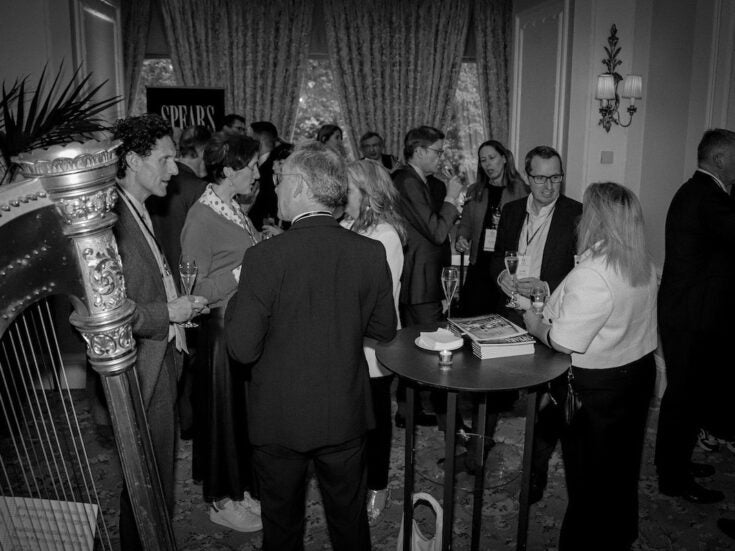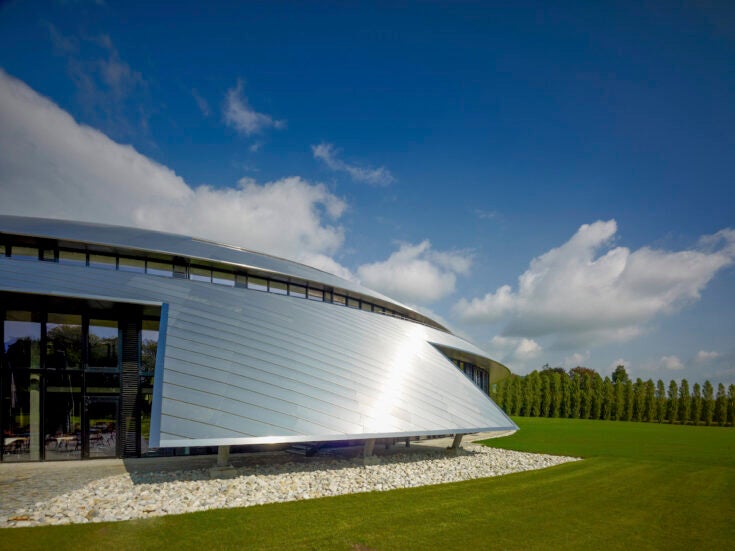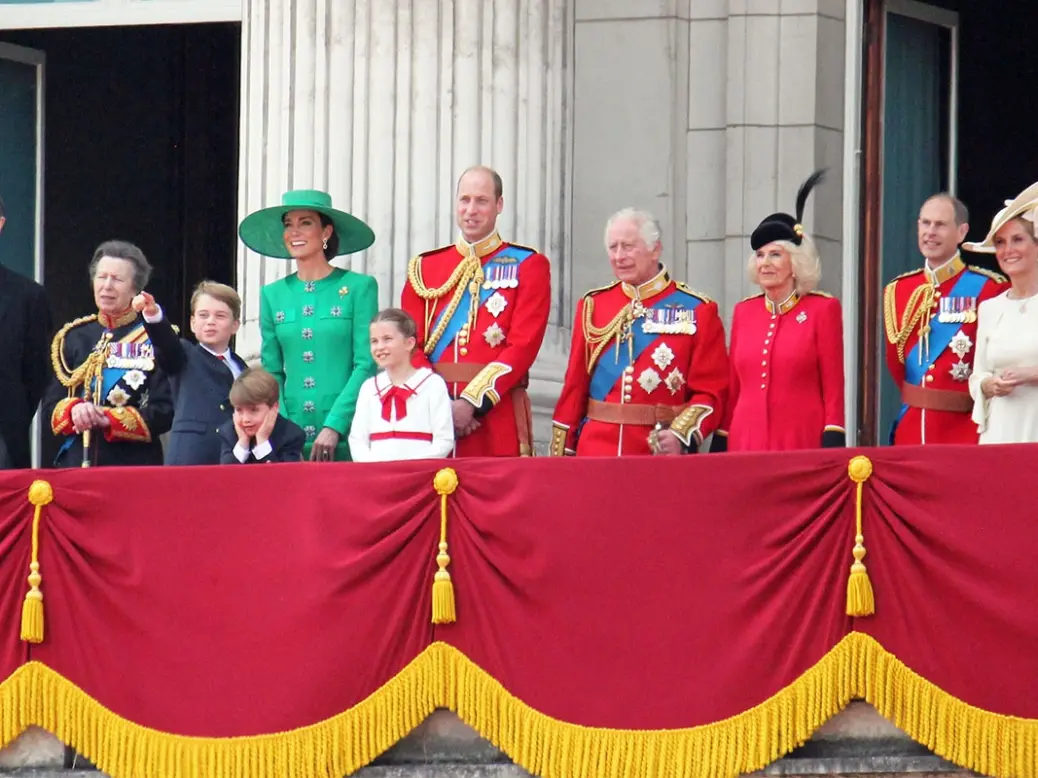
Eton College has all the cachet of being Britain’s most famous private school. Among its famous alumni are 20 prime ministers, and the Prince of Wales. But another educational powerhouse could soon lay claim to educating the next future king: Marlborough College.
The Berkshire boarding school counts Prince William’s wife, the Princess of Wales, among its former students and the couple are said to be considering enrolling their 10-year-old son, Prince George. The trio are said to have visited Marlborough earlier this month, according to The Mail On Sunday.
[See also: How to get your child into private school in the UK: the expert guide]
There is plenty that makes £47,000-a-year Marlborough a fine choice for the royal family, as well as many other HNW families from around the world. Not only did the Princess of Wales have a positive experience – she was on both the hockey and tennis teams – but it is a frequent fixture on lists of the UK’s best schools, including the Spear’s Schools Index.
The history and alumni of Marlborough College
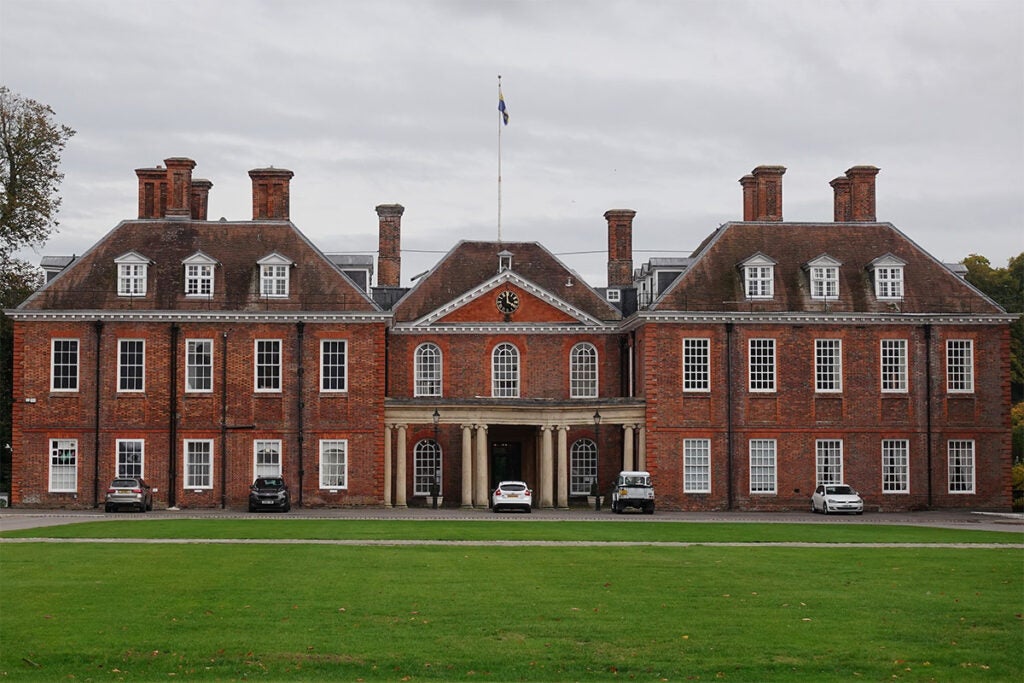
Situated in the Wiltshire market town of Marlborough, the college occupies the site of the former Castle Inn. Marlborough College first opened its doors as a school in 1843 after a group of Church of England clergymen sought a boarding school to educate the sons of clergy. The first class of 199 boys was welcomed in August that year.
It was agreed the college would have 500 pupils, with the majority being clergy children. By 1870, the college had established a reputation as a leading boarding school for boys. So it remained for the next century until, in 1969, Marlborough became one of the first of the traditional boys’ boarding schools to introduce co-education.
[See also: The 12 best private schools in the UK and their famous alumni]
In 1989, the College became fully co-educational with the admission of girls into the Lower School and the establishment of our first all-girl boarding house. It was less than a decade later that Marlborough welcomed Kate Middleton, now the Princess of Wales, who transferred from Downe House.
The impressive list of Old Marlburians includes the textile artist William Morris, poet John Betjeman, BBC News security correspondent Frank Gardner and Samantha Cameron, the wife of former prime minister Lord Cameron.
Marlborough vs Eton: the question of royal schools
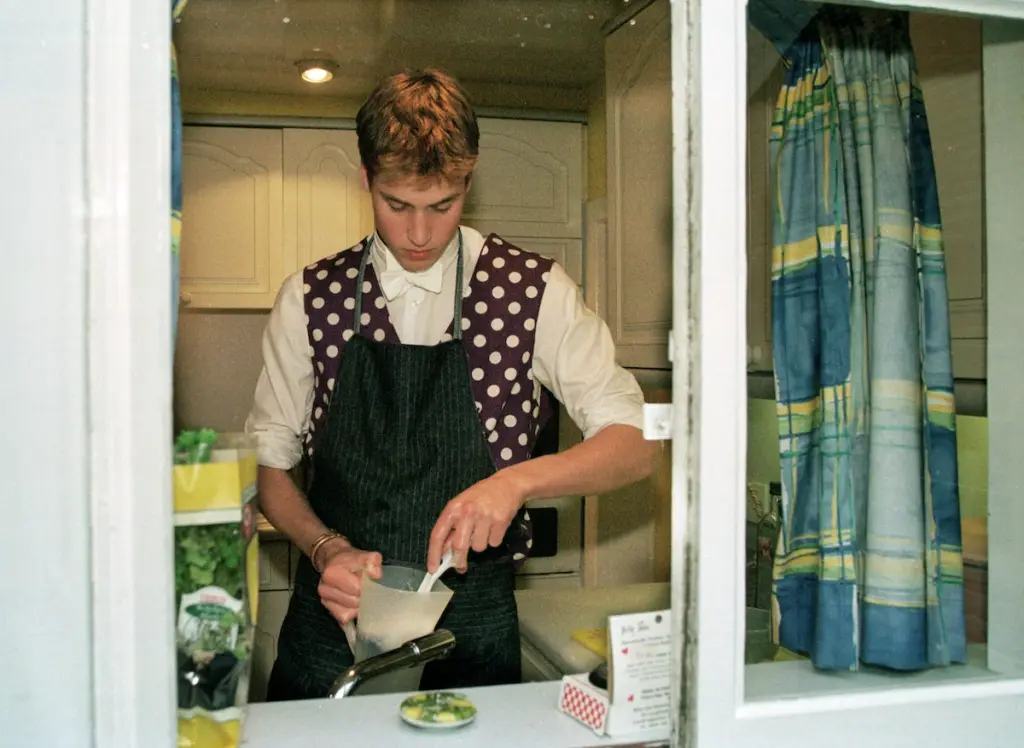
The Prince and Princess of Wales met as students at the University of St Andrews. While Kate had excelled at Marlborough, her future husband Prince William had been educated in the hallowed halls of Eton, as had his younger brother Prince Harry.
William and Kate are said to have visited both of their former schools while deciding where to send Prince George for his secondary education. The young royal currently attends Lambrook School, near the family’s Windsor home, alongside his siblings Princess Charlotte and Prince Louis. It provides education for pupils up to the age of 13, meaning the family will have to decide on a new school for George in the next two years. The 13+ intake is the most popular for many senior independent schools.
[See also: Eton’s new provost: how will Sir Nicholas Coleridge shape the school?]
There are many differences, of course, between Eton and Marlborough. However, the most basic is the makeup of its student population: Eton is an all-boys school, while Marlborough is co-educational.
King Charles III, the first heir to the throne to receive a university degree, also reportedly also considered attending Eton. Ultimately, however, he followed in the footsteps of his father Prince Philip, Duke of Edinburgh and attended Gordonstoun, the fabled school in the north-east of Scotland founded by German educationalist Dr Kurt Hahn. Gordonstoun endeavours to ‘broaden pupils’ minds’ by offering a robust programme that includes learning to sail the school’s ocean-going yacht. Prince Andrew, Prince Edward, and Princess Anne’s children Peter Phillips and Zara Tindall also attended.
Applying for Marlborough College
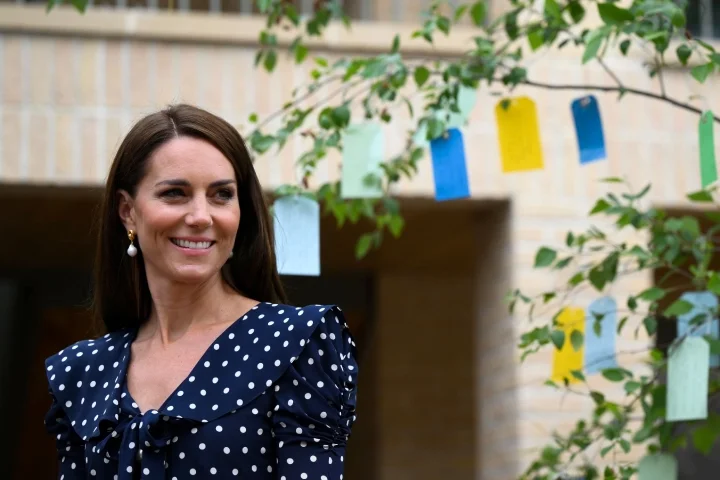
Although leading schools like Eton welcome most new-starters at 13+ (there are more entry points for girls’ schools), the application process begins many years before. In fact, Matthew Goldie-Scot, managing director of Thuso Group, recently explained to Spear’s that parents should start the process ‘as early as possible’.
He said: ‘Seek advice as early as possible, and remember that the best preparation for competitive entry to a leading senior school is enrolment in a leading preparatory school.’ Goldie-Scot continued: ‘These schools have a long history of serving as “feeders” to leading senior schools, know the system well, and will offer expert guidance to parents and pupils.’
[See also: Spear’s Awards 2023 finalists: School of the Year]
As Lambrook is one such school, the Prince and Princess of Wales will have significant support in ensuring Prince George is properly prepared for his secondary education, wherever he might choose to go. It is not known whether Prince George has to follow the same application process as other pupils.
Assessment days and exams
After successfully registering for a place, prospective Marlborough pupils are invited to an assessment day in the early part of the spring term of Year 6. These are described by the college as ‘as pressure-free as possible’. It explains: ‘ On the day there are two short writing tasks (no preparation is required), an interview with a Housemaster or Housemistress, an interview with a boarding house tutor and some informal group activities.’
This assessment day is considered alongside a reference from the current headteacher, as well as the pupil’s performance in the ISEB Pre-Test in Year 6. Offers for Marlborough College are made before the Easter break in Year 6.
[See also: Billionaire parents go to war with Le Rosey, the world’s most expensive school]
A number of other visits follow, including one to help determine house places, then ‘experience days’ in Year 7 and Year 8. The final step in the process is the Common Entrance exam, which is used to determine sets on arrival at Marlborough College.
What does Marlborough College offer?
The Spear’s Schools Index entry for Marlborough College notes the school ‘is described as a diverse community with wellbeing and mutual respect at its heart’ with ‘excellent’ academic results. Dan Clark, the deputy head, academic, adds that it provides an ‘unrivalled’ education’.
Louise Moelwyn-Hughes, the first female master of Marlborough (and the Princess of Wales’s former Latin teacher), notes in her official welcome: ‘Contemporary, challenging and enriching is how a Marlborough education is most commonly described. It is hugely important to us that our pupils have aspiration and that they are socially conscious, keen to make their contribution to and mark in both the school community and, afterwards, society…
[See also: the Spear’s Schools Index]
‘At Marlborough, individuality is encouraged and differences are celebrated – we are genuinely excited about the prospect of our community spanning pupils and staff who come from all walks of life and with all types of different experiences. This, in turn, ensures that the College remains a vibrant, diverse and happy place where new perspectives, new ideas, different characters and aspirations flourish.
‘Academic rigour forms the bedrock of all that we do. Our pupils are bright and they relish a challenge. It is the norm for pupils to combine achieving great grades with making the most of the incredible opportunities that a fully co-educational boarding school can offer. I can confidently say that Marlburians manage their exceptionally busy programmes with great skill and with a sense of independence, and that they are happy, engaged and active throughout their time with us.’

